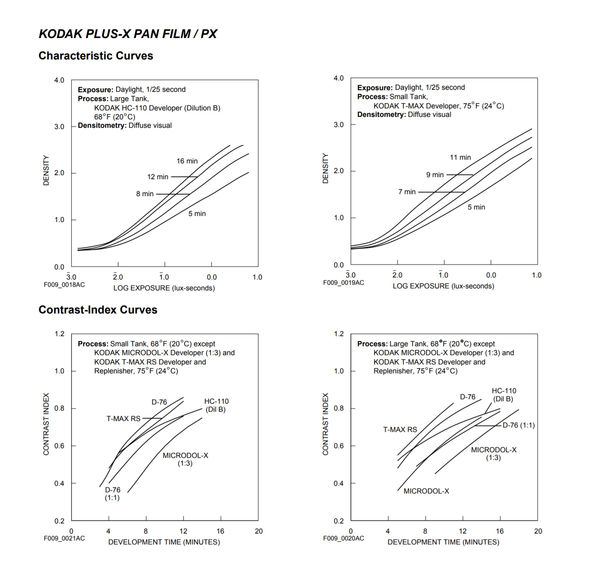Nikon's Blinkies and ETTR
Nov 7, 2018 13:30:50 #
Some of you may have skipped Sony's Zebra and ETTR. For those who read it anyhow, this thread covers the same topic.
I conducted the same experiment using a Nikon Df and a D610 to find the raw value levels where the blinkies are appearing. I used RawDigger to find the actual 14-bit raw values for both cameras. I tested both Nikons at ISO 100 and 800 and the results were the same.
I first narrowed down the highest exposure level at which the blinkies are still not visible at all in a manner similar to what a6k and I used for the Sony zebra tests. I found that the corresponding raw value was just udner 8000 as reported by RawDigger. Since the raw file begins to blow out at about 16000, there was room for only one additional stop of exposure.
But the proof of the theory is in actual field testing. I took the camera outside and exposed two images:
1. At Sunny 16 (it was very close to broad daylight) - ISO 800 1/3200 @ f/8. I got no blinkies.
2. With the shutter speed at 1/1600 I got plenty of blinkies but, according to RawDigger the maximum raw value was under 16000 and the non-specular highlights were not blown.
The Sony was able to guide my exposure before I tripped the shutter, which is very helpful. But the area covered by the zebra stripes can be quite large.
With the Nikons you can't see the blinkies in live view. I had to make an exposure and then look for them. However, the blinkies are very precise and they can appear over an area that is much smaller than the camera's spot meter - advantage Nikon. So what Nikon gives up in convenience it gains in precision.
The Sony A7 II and the two Nikons will clearly indicate where the brightest color channel (usually green) reaches the JPEG limit. All three cameras have about 1 stop of additional capacity above that level before the brightest raw file channel blows out.
So both the Nikon blinkies and the Sony zebra feature make them the simplest option for achieving ETTR or EBTR.
I conducted the same experiment using a Nikon Df and a D610 to find the raw value levels where the blinkies are appearing. I used RawDigger to find the actual 14-bit raw values for both cameras. I tested both Nikons at ISO 100 and 800 and the results were the same.
I first narrowed down the highest exposure level at which the blinkies are still not visible at all in a manner similar to what a6k and I used for the Sony zebra tests. I found that the corresponding raw value was just udner 8000 as reported by RawDigger. Since the raw file begins to blow out at about 16000, there was room for only one additional stop of exposure.
But the proof of the theory is in actual field testing. I took the camera outside and exposed two images:
1. At Sunny 16 (it was very close to broad daylight) - ISO 800 1/3200 @ f/8. I got no blinkies.
2. With the shutter speed at 1/1600 I got plenty of blinkies but, according to RawDigger the maximum raw value was under 16000 and the non-specular highlights were not blown.
The Sony was able to guide my exposure before I tripped the shutter, which is very helpful. But the area covered by the zebra stripes can be quite large.
With the Nikons you can't see the blinkies in live view. I had to make an exposure and then look for them. However, the blinkies are very precise and they can appear over an area that is much smaller than the camera's spot meter - advantage Nikon. So what Nikon gives up in convenience it gains in precision.
The Sony A7 II and the two Nikons will clearly indicate where the brightest color channel (usually green) reaches the JPEG limit. All three cameras have about 1 stop of additional capacity above that level before the brightest raw file channel blows out.
So both the Nikon blinkies and the Sony zebra feature make them the simplest option for achieving ETTR or EBTR.
Nov 7, 2018 13:34:43 #
Here are the RawDigger results for the two images. I did not keep the SOOC versions of the two images but the second one appeared to be overexposed by one stop just like the Sony SOOC examples here.
1. Sunny 16 exposure - ISO 800 1/3200 @ f/8 - EV 14.7 - no blinkies
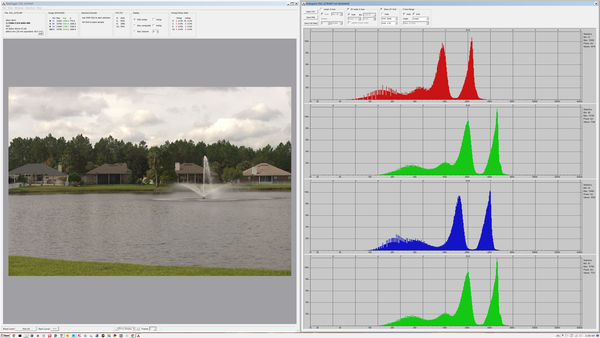
(Download)
2. One more stop exposure - ISO 800 1/1600 @ f/8 - EV 13.7 - plenty of blinkies in the clouds
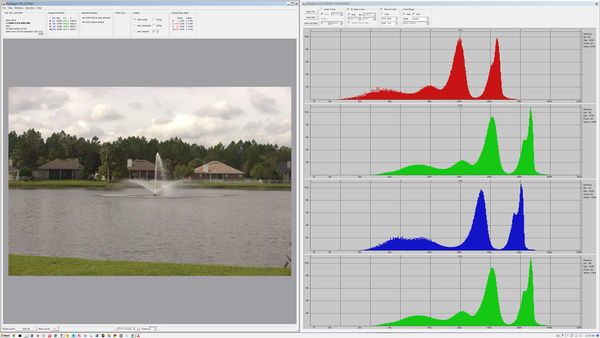
(Download)
Nov 7, 2018 13:37:38 #
This is the output from Capture One. If you download the results you will probably not see much difference in the rendition. There is a very slight change in brightness because the sun was behind the clouds behind me and they moved a little between shots.
I could find no increase in noise.
I could find no increase in noise.
Converted raw file with no exposure adjustment
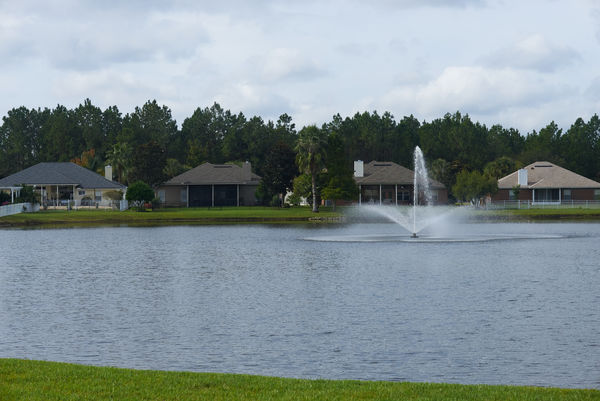
(Download)
Overexposed image with only an Exposure adjustment of -1 during raw conversion
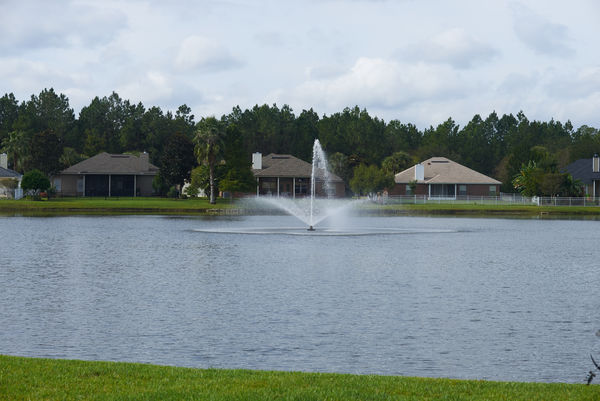
(Download)
Nov 7, 2018 20:02:34 #
selmslie wrote:
Some of you may have skipped b Sony's Zebra and E... (show quote)
Been doing this and advocating this for years, Scotty! Glad you took the time to weigh in with some testing.
Nov 7, 2018 20:26:16 #
Gene51 wrote:
Been doing this and advocating this for years, Scotty! Glad you took the time to weigh in with some testing.
It's not new to me either. I have been suggesting the use of blinkies for a long time. This thread just quantifies what it's all about.
You have seen how some UH advocates of ETTR have tried to make it into something very complex. The concept is actually very simple and straightforward.
Nov 7, 2018 20:52:38 #
a6k
Loc: Detroit & Sanibel
Aw, you guys make me feel young again. And it takes a lot to do that. I admit I just discovered the uses of the Zebra setting. Yes, I knew about Sunny16 but I'm finding digital is a great deal more complex than Plus-X or Tri-X ever was.
I completely agree that while the subject may be complex, the implementation at least for cameras that can do it, is pretty simple and that's a good thing.
I completely agree that while the subject may be complex, the implementation at least for cameras that can do it, is pretty simple and that's a good thing.
Nov 8, 2018 07:47:17 #
Don’t some cameras allow you to adjust the level at which the blinkies appear? Ie 95%. In which case you might get the blinkies but still have a small bit of data. I seem to recall Sony’s zebra stripes can be adjusted? I have this discussion a lot with shooters that like to underexpose for more saturation. I prefer the ettr approach.
Nov 8, 2018 07:50:53 #
Gene51 wrote:
Been doing this and advocating this for years, Scotty! Glad you took the time to weigh in with some testing.
Me too!
Nov 8, 2018 08:38:27 #
a6k wrote:
... I'm finding digital is a great deal more complex than Plus-X or Tri-X ever was. ....
Film, like digital, can be as complex as you can tolerate or you can just use it and adjust your technique through trial and error.
Plus X Pan (and most other B&W negative films) do not record light in a directly proportional manner. They are decidedly not ISO invariant. We can use this to our advantage because, unlike digital, they don't blow out when overexposed and their characteristic curves effectively provide some built-in highlight and shadow recovery.
Nov 8, 2018 09:08:52 #
John Howard wrote:
Don’t some cameras allow you to adjust the level at which the blinkies appear? Ie 95%. In which case you might get the blinkies but still have a small bit of data. I seem to recall Sony’s zebra stripes can be adjusted? I have this discussion a lot with shooters that like to underexpose for more saturation. I prefer the ettr approach.
You can adjust the threshold for Zebra stripes with Sony (I can't speak for Canon or others) but the blinkies for Nikon seem to work with a fixed level. My point here is that when Nikon's blinkies start you are about one stop away from blowing the highlights in the raw file. In Sony's Zebra and ETTR I discuss a setting (100+) that also triggers the zebra stripes about one stop before the raw file is blown out.
ETTR has nothing to do with saturation. All three colors are recorded proportionately so long as your exposure is reasonable and you don't blow out the highlights. The appearance of saturation is the result of moving colored areas in your image into the middle range of brightness, before or after exposure. The closer to middle gray they end up, the more saturated they will seem.
But the blinkies and zebra stripes are not designed to facilitate ETTR. They are just there to warn if your exposure is too much and that your JPEG or raw file might have blown out highlights.
In a scene with a wide dynamic range, if you avoid blowing out the highlights you can end up with an image with properly exposed bright tones but dark overall. You may need to recover the shadow information. With today's cameras and raw conversion software that's not difficult.
On the other hand, if a scene has a narrow dynamic range, ETTR provides no tangible benefit. Most of the scene can be recorded close to middle gray without any need to recover highlight or shadow information. In this case, precise exposure is less important. An exposure deviation of +/- one stop will make no difference in the final quality once you adjust the brightness during post processing.
Nov 8, 2018 23:48:17 #
Nice guide to blinkies, Scotty. Thanks for sharing it.
I've been working manually this way since Gene's first guide to it.
Andy
I've been working manually this way since Gene's first guide to it.
Andy
If you want to reply, then register here. Registration is free and your account is created instantly, so you can post right away.




